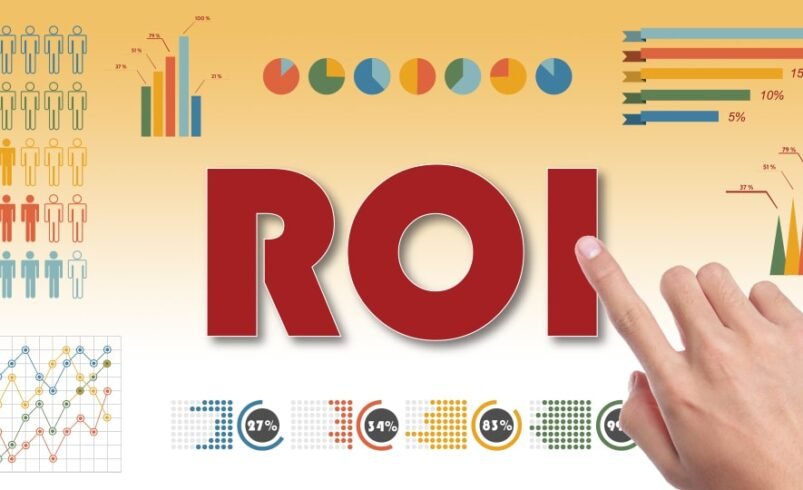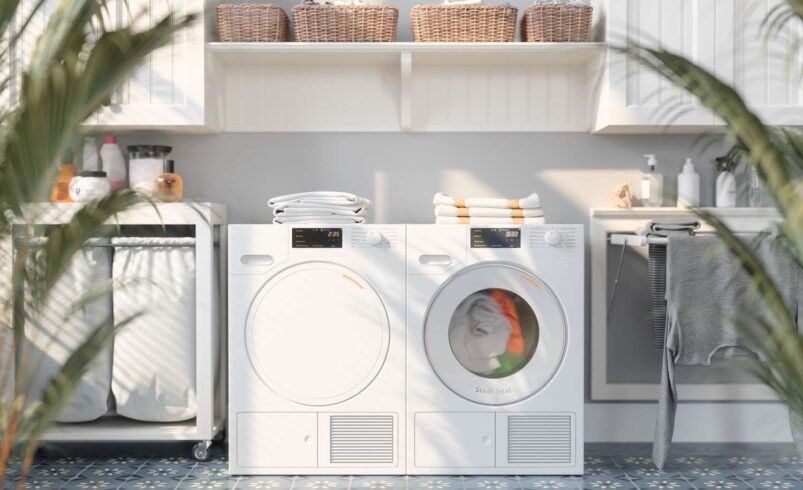How to measure the ROI of your promotional product campaign

Including trending promotional merchandise in your marketing campaigns is the most effective strategy to stand out in today’s competitive business landscape. Unlike uncertain online ads, you can expect an average ROI of $6.41 for every dollar spent on promotional products. Now that’s a staggering figure, right?
Despite high ROI expectations, if you do not properly track the impact, you may lose out. This guide presents some essential steps that businesses can adopt to measure the ROI of their promotional product campaigns, ensuring every giveaway drives measurable value. When you emphasize promotional products ROI, you’ll have sufficient data to optimize future efforts and boost promotional marketing success.
Why measuring ROI matters for promotional products
For consumers, promotional products are a form of freebies. However, the significance of it for businesses is beyond just products; they are strategic investments. When offering giveaways, companies expect recipients to like the products, use them, and be willing to associate with the brands in the future.
Moreover, even with a cost per impression as low as 1/10th of a cent, they outperform traditional advertising channels. Yet, to justify the budget for investing in marketing swag, you must quantify its ROI. Start tracking and analyzing the potential financial return against costs, factoring in both tangible sales and intangible benefits, like brand recall.
If you fail to measure marketing campaigns accurately, it can lead to wasted resources. For example, assume that the majority of your recipients are willing to purchase or connect with your brand after receiving gifts, but you lack the necessary metrics to measure them. In this case, you won’t know if your giveaway ROI is positive. This necessitates the effectiveness of using measurement methods as they reveal what’s working, allowing scope for refinements to achieve greater promotional marketing returns.
Key marketing metrics for promotional campaigns
Here are a few effective marketing metrics to quantify your promotional campaigns that go beyond basic sales and capture the full picture of a campaign’s effectiveness.
- Impressions and reach: This metric tracks the number of times your branded item is seen. For example, promotional apparel can generate up to 6,100 impressions over its lifetime. Apply this metric through surveys or social media monitoring.
- Brand recall and awareness: 85% of consumers remember the advertiser from a promotional product. You can measure this by conducting post-campaign polls and asking if recipients recall your brand.
- Engagement and conversions: This metric tracks recipients’ actions, like website visits or inquiries about the brand. Tools like unique promo codes help attribute these directly.
- Customer lifetime value (CLV): This accounts for long-term revenue generation from new customers. Say, if a $1 keychain leads to a $500 repeat buyer, that’s a high promotional product ROI.
- Cost per acquisition (CPA): CPA is the amount you pay by dividing total campaign costs by the number of new customers acquired. The lower the CPA, the stronger the marketing metrics.
This list of metrics provides a holistic view to measure the performance of promotional campaigns.
Step-by-step guide to measuring your campaign
Now that you know what metrics to use to measure your marketing campaigns, here are the five practical steps to calculate giveaway ROI, as recommended by expert strategies.
- Define goals and objectives: Start by having clarity about your promotional goals. What do you truly want to achieve: boost awareness? Generate leads? Drive sales? If it’s lead generation, for example, you can embed unique tracking codes on items, which enables you to analyze metrics, like impressions or conversion rate.
- Select appropriate products: The promotional products that you choose should be relevant to your audience and marketing goals. If you want to extend your brand’s reach, opt for versatile items like bags (3,300 impressions) or drinkware (1,400 impressions). Plus, high-quality items positively influence consumers’ opinions.
- Track distribution and engagement: Distribute giveaways strategically at events or via mail. Use QR codes, unique URLs, or hashtags to monitor interactions. You can use tools like Google Analytics to track website traffic and engagement.
- Calculate ROI:
- The formula to calculate ROI is = (Net Profit – Total Investment) / Total Investment × 100.
- This includes all costs (design, production, distribution) and value (sales, CLV).
- For example, if you spend $1,000 and generate $2,000 in sales, you get 100% ROI. Plus, incorporating impressions of promotional products can increase referrals by 22%, extending impact.
- Analyze and optimize: Here, you review data post-campaign, like “What drove the highest giveaway ROI?” You analyze the data and adjust marketing strategies for future runs, such as switching the concept of marketing swag for higher brand recall.
Tools and techniques for accurate tracking
Now, how do you track a giveaway’s return on investment? To ensure their accuracy, use these tools and methods to capture data effectively and boost promotional marketing success:
- QR codes and URLs: Embed QR codes or unique URLs on the promo items to track engagement. A QR code, for example, can link to a landing page, where Google Analytics monitors clicks and conversions (up to 30% higher engagement).
- Promo codes: Place unique discount codes on products, which are trackable via e-commerce platforms like Shopify. You can also link those codes to sales campaigns, leveraging the 61% referral boost from promo items.
- CRM systems: Use tools like Salesforce or HubSpot to track Customer Lifetime Value (CLV). These tools will automatically log interactions to attribute long-term revenue.
- Social listening: Track hashtags and mentions across social media platforms to get insights on brand reach and recall.
- Surveys: Google Forms or SurveyMonkey calculate brand recall.
- Attribution software: Google Analytics 4 links promotional items to sales across channels, clarifying ROI.
By combining these tools with your promotional swag, you create a streamlined system to measure the efficacy of marketing campaigns. Conduct regular audits of these tools to ensure data accuracy, while A/B testing different tracking methods (e.g., QR codes vs. promo codes) helps refine your approach for maximum impact.
So, why wait? Start implementing these in your next marketing campaign.



